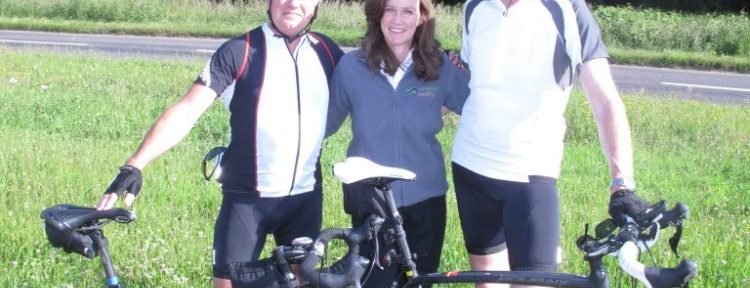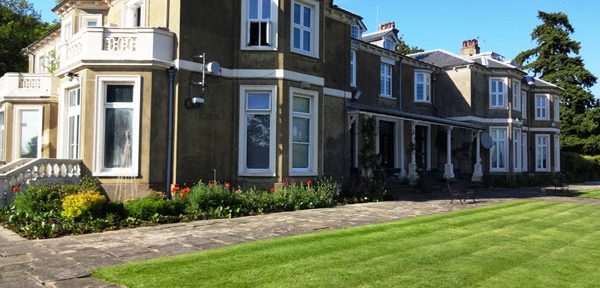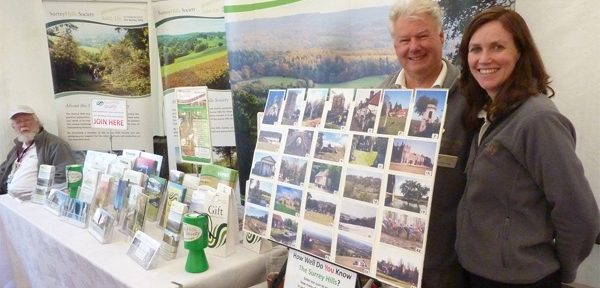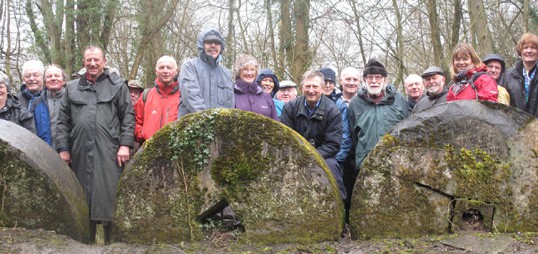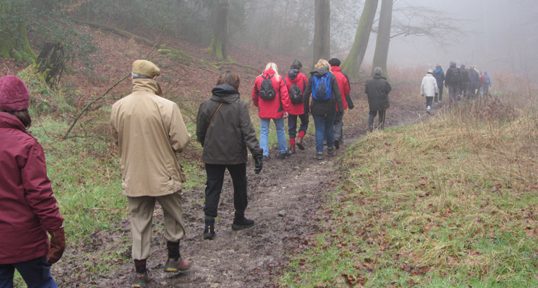 The Surrey Hills Society is going to be represented at the Ride London cycle challenge on 4 August by two riders and members, Nick Jubert and Chris Holyoak. The lucky pair are hoping to notch up a good time on the day, whilst raising funds, which will mean that the Surrey Hills AONB will ultimately benefit from the fact that the race is coming through the county. They say “The Surrey Hills have been at the centre of our sporting efforts for the last 30 years. With other friends, our Sunday morning runs were a must – even when the night before might have left us feeling like we needed a lie in! Over the years we discovered more and more routes from Send and Clandon where we lived up to Newlands Corner and onwards. It always amazed us just how many paths there are and we would need another life time to do all of them justice”. Cycling has been a natural progression which allows us to continue our sporting endeavours. Our knees now remind us of our age and the bike allows exercise to continue whilst sitting down! But hills are hills whichever way you try to get up them and the London 100 has a couple of real tests with Leith and then Box Hill to conquer. Coming as they do after 50 and 60 miles they will probably feel longer and larger than usual! The idea that the race allows us to use 100 miles of London’s and Surrey’s roads WITH NO VEHICLES makes it the ultimate “must do” event. We both failed to get places in the ballot for one of the 20,000 entries and did not hesitate to say yes when the places became available through the Surrey Hills Society. There is no short answer to being fit for this race without doing a lot of road miles which means doing repeated training rides of more than 50 miles in the hills. We’re well into this training regime now and caught up with the Society chairman, Christine Howard, on one of our recent training trips just after we’d climbed up to Ranmore Common”. Both riders see this as a massive personal challenge and are really hoping to raise funds for the Society through sponsorship. All contributions to their cause would be greatly appreciated and knowing there are supporters out there will encourage them to focus their efforts on 4 August. If you’d like to support them, please pledge your donation (including gift aid if applicable) at www.justgiving.org.uk
The Surrey Hills Society is going to be represented at the Ride London cycle challenge on 4 August by two riders and members, Nick Jubert and Chris Holyoak. The lucky pair are hoping to notch up a good time on the day, whilst raising funds, which will mean that the Surrey Hills AONB will ultimately benefit from the fact that the race is coming through the county. They say “The Surrey Hills have been at the centre of our sporting efforts for the last 30 years. With other friends, our Sunday morning runs were a must – even when the night before might have left us feeling like we needed a lie in! Over the years we discovered more and more routes from Send and Clandon where we lived up to Newlands Corner and onwards. It always amazed us just how many paths there are and we would need another life time to do all of them justice”. Cycling has been a natural progression which allows us to continue our sporting endeavours. Our knees now remind us of our age and the bike allows exercise to continue whilst sitting down! But hills are hills whichever way you try to get up them and the London 100 has a couple of real tests with Leith and then Box Hill to conquer. Coming as they do after 50 and 60 miles they will probably feel longer and larger than usual! The idea that the race allows us to use 100 miles of London’s and Surrey’s roads WITH NO VEHICLES makes it the ultimate “must do” event. We both failed to get places in the ballot for one of the 20,000 entries and did not hesitate to say yes when the places became available through the Surrey Hills Society. There is no short answer to being fit for this race without doing a lot of road miles which means doing repeated training rides of more than 50 miles in the hills. We’re well into this training regime now and caught up with the Society chairman, Christine Howard, on one of our recent training trips just after we’d climbed up to Ranmore Common”. Both riders see this as a massive personal challenge and are really hoping to raise funds for the Society through sponsorship. All contributions to their cause would be greatly appreciated and knowing there are supporters out there will encourage them to focus their efforts on 4 August. If you’d like to support them, please pledge your donation (including gift aid if applicable) at www.justgiving.org.uk
